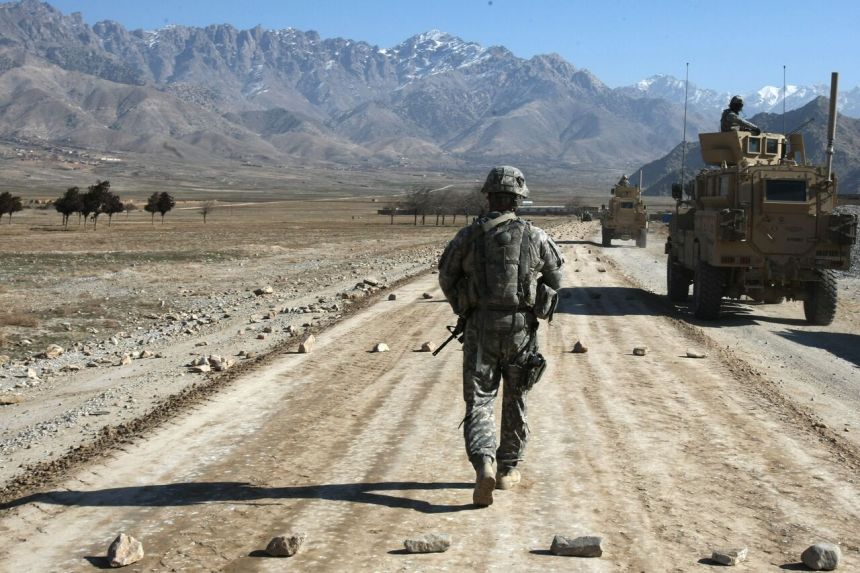
WASHINGTON, June 24, 2021 (BSS/AFP) - The US military's withdrawal from Afghanistan -- ordered by President Joe Biden in April after nearly two decades in the country -- is marching ahead despite the growing threat by Taliban rebels to seize power.
Biden set a deadline for the final drawdown of troops and civilians of September 11, 2021, the 20th anniversary of the 9/11 attack on the United States by Afghanistan-based Taliban-backed Al-Qaeda.
While the Pentagon says the pullout is over halfway completed, pressures are mounting to slow the operation, to help push back the Taliban advance and to evacuate thousands of Afghans who have helped US forces.
- Steady drawdown -
There were officially about 2,500 US troops and 16,000 civilian contractors in the country when the pullout was announced by Biden, who is set to welcome Afghan President Ashraf Ghani to the White House on Friday.
Since then, the Pentagon has shipped home the equivalent of 763 giant C-17 cargo aircraft loaded with equipment and supplies.
Five bases used by the US, including the large air base at Kandahar, have been handed over to Afghan forces.
But the number of troops and contractors who still remain is secret, for security reasons, the Defense Department says.
- Worries about Taliban gains -
Taliban insurgents meanwhile have taken advantage of the drawdown to step up attacks in the Afghan countryside, claiming dozens of districts since May and sparking fears that they could be poised to seize power in Kabul, just as they did in 1996.
"For the Taliban to continue this intensive military campaign would be a tragic course of action," Deborah Lyons, head of the UN Assistance Mission in Afghanistan, told the UN Security Council Tuesday.
She said the group is positioning itself to seize regional capitals "once foreign forces are fully withdrawn."
"All of the major trends -- politics, security, the peace process, the economy, the humanitarian emergency and Covid -- all of these trends are negative or stagnant," she added.
Pentagon spokesman John Kirby said the Taliban's activity could result in a slowdown of the withdrawal -- while sticking to the September deadline.
"The situation in Afghanistan changes as the Taliban continue to conduct these attacks and to raid district centers -- as well as the violence, which is still too high," he said.
However, he warned, as the drawdown progresses, the US ability to help Afghan forces on the ground "will wane and will no longer be available."
- Fate of the interpreters -
A key worry is the fate of some 18,000 Afghans who have worked for US and coalition troops and agencies as interpreters, intelligence collectors and in other jobs. Many worry they and their families could be killed if the Taliban take power, and they want to migrate to the United States or elsewhere.
Washington says it is committed to them, but processing their visa applications takes time. Many could still be in the country come September, when US forces depart.
Members of Congress are pushing Biden to evacuate the interpreters as soon as possible to the US Pacific territory of Guam while their travel documents are processed.
The Pentagon has been quietly preparing an evacuation for weeks. On Wednesday, Secretary of Defense Lloyd Austin said the first evacuations could begin "soon."
- Securing the airport -
Another key challenge has been ensuring that Kabul's international airport remains open and secure, especially for diplomats, international officials, humanitarian workers and other foreigners who remain in the city.
Some fear the Taliban could take control and close the hub after the US pullout.
Turkey is in talks to take over security of the airport, and wants financial, diplomatic and logistical support from the Americans.
If Turkey does not take on the job, the US military is looking at other options, including recruiting private security companies to handle the task.